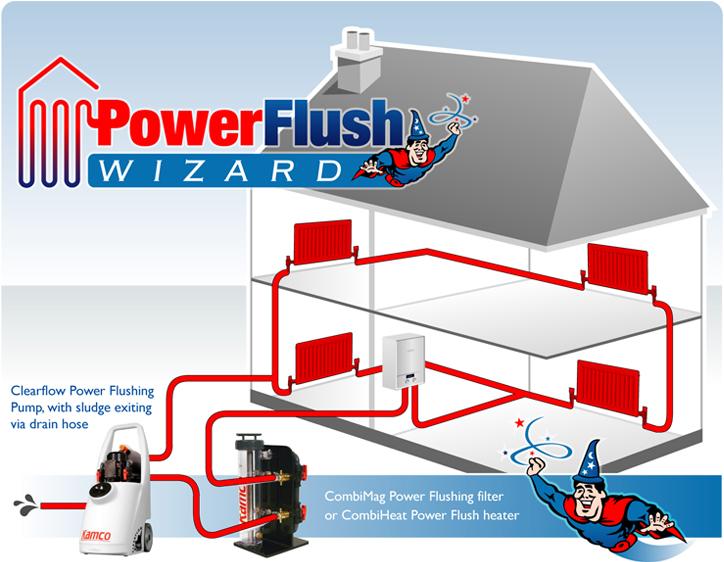What happens during a power flush?
Over a heating system's lifetime, black iron oxide sludge and lime scale build-up throughout the system, coating the insides of pipes and radiators and reducing the flow of hot water around your heating system. This reduced flow increases the workload on your boiler, which in turn increases your fuel bills. Power flushing is the process of removing these built-up iron oxide and limescale deposits from a central heating system, using a pressurised mix of water and chemicals. By removing these built-up deposits with a power flush your heating system is restored to its optimum efficiency as hot water can circulate freely throughout your central heating system, reducing the workload on your boiler.
The Power Flushing Process Explained
The process of power flushing is quick and simple, it can usually be carried out in as little as a day on most residential properties. However, larger systems and commercial premises may take longer to power flush.
Start saving on your energy bills and improve your central heating system with a professional power flush.














